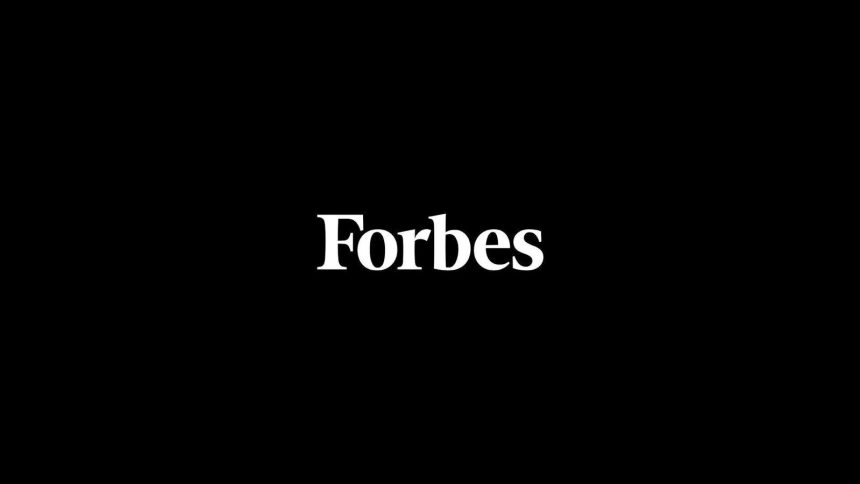Artificial intelligence, AI, is the prevalent water cooler buzz lately from workers to HR professionals, but the reality is that it’s been around for several decades. And according to McKinsey’s Global Survey of AI from 2022, the buzz is real: AI adoption has more than doubled since 2017. As AI increases in the workplace, 53 percent of workers say they’re more concerned about their jobs being replaced by robots than immigration and outsourcing, per Gallup data.
Yet, there’s a paradoxical shift. According to Gallup, the focus is actually on people and transforming HR — the role of HR rather than changing technology. While it may sound ironic as generative AI increases in the workplace and workers may be concerned about job replacement, more specifically for purposes of this piece through the lens of HR professionals, it can also be equated to job freedom. AI can take on monotonous, rote tasks, and in turn, as technology handles mundane responsibilities, human workers can become more indispensable and get further immersed in deep-thinking and strategizing work.
For example, if transaction forms need to be issued for internal employee transfers, rather than an HR employee preparing the forms, they can have Gen AI handle that task while instead, the professional conducts goal-setting sessions with the transferring employee to set goals and expectations for the new role.
Jill Goldstein, managing partner, talent transformation consulting at IBM, underscores this point in her recent blog post as to how HR organizations can prioritize people.
Goldstein wrote, “Invest in the talent and skills of your people. Create a culture of continuous learning. Success in the new AI era requires you to put people, instead of technology, at the center of your strategy. Your human workforce is integral to the success of this digital transformation. Their expertise gives them unique insights into where automation and AI could augment performance. Foster an open communication forum for them to provide direct input and insights.”
Ian Clawson, cofounder of BraveCore and coauthor of Brave Together: Lead by Design, Spark Creativity, and Shape the Future with the Power of Co-Creation, said, “As AI emerges in our work life, wise leaders have a massive opportunity to unleash the creative voice of their people. Creativity will become the fuel for shaping the future in how we connect, collaborate, and build together. It is the definitive skill for supercharging companies looking to lead and grow.”
The best way, Clawson, said to elevate work with creative skills involves relying on “those moments where your work excites you. Remove distractions. Ride the wave of creative bursts…. We can develop creative skills by leaning into questions more than answers. To stay curious and be anchored in the wrestle between possibilities and our power to build—together.
Inviting every perspective into brave conversations, challenging how we’ve done things, and treating our work like an exploration. The more we use our creative muscles, ideas start to stack, and we can start to make a difference in the lives of others.”
Particularly within human resources, as an example, that can be a year-end strategy session with the compensation teams and human resources business partners (HRBPs) to think about its workforce who increasingly want remote work. They can discuss topics such as what the hours look like, the compensation while they’re working remotely, and how their work can be positively impacted by these changes. It can look like brainstorming ways to boost morale along lines of business and productivity and rewarding employees with bonuses throughout the year — both monetarily, but perhaps “awards ceremonies” as well as their creativity sparks fresh ideas and new perspectives.
By stacking these ideas while collaborating with colleagues as HR organizations encourage and celebrate deep-thinking work, this excitement can fuel momentum for even more creativity within the HR engine as it accepts and embraces new technologies.
Chris Deaver, coauthor of Brave Together, indicated that leaders who avoided the internet, cell phones, and robots “led their companies into the dead-ends of history. Countless other inventions have proven to be new beginnings, not the end of everything. AI won’t eliminate all our work. It will just eliminate the boring work. The stuff we don’t enjoy. The things that hold us back from getting into creative flow.”
As HR teams focus on creativity, the ebb and flow of ideas, brainstorming, a-ha moments, and trying new and different ways of working for high touch, the creative muscle continues to be flexed. This includes hopefully better and more efficient ways of doing things, but may also include the occasional failure and figuring out what doesn’t work while celebrating the process, the journey, and the creative sparks rather than only focusing on the outcome.
“Nothing can replace imagination and human connection,” said Deaver. “Those who embrace AI will amplify a future filled with possibilities. Shifting our busy work from ‘to do’ lists to ‘what could be’ blueprints of a better future. Empowering us to go deeper into our creative voice, then expanding with others to solve some of the greatest challenges we’ve ever faced. Together.”
As HR organizations rely on AI to augment performance rather than replace all human work, a critical solution involves developing and honing a highly coveted skill that taps the expertise and minds of engaged workers: creativity. Original sparks of ideas, thoughts, and meaningful new creations are key.
Read the full article here










